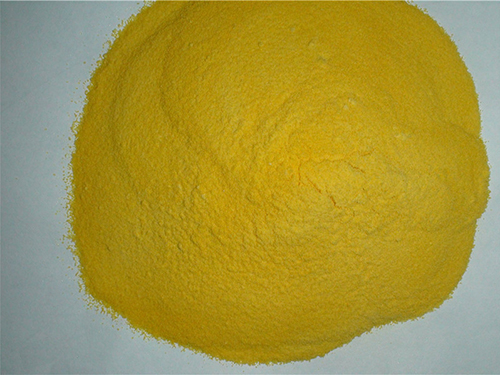Effective Flocculant Chemicals for Enhanced Water Treatment Solutions and Applications
Flocculant Chemicals for Water Treatment An Overview
Water treatment is a critical process that ensures safe and clean water for various uses, including drinking, industrial operations, and agricultural irrigation. One of the key components in the water treatment process is the use of flocculant chemicals. These substances play a pivotal role in the removal of suspended solids and contaminants from water, making them essential in both municipal and industrial water treatment applications.
Flocculants are typically synthetic or natural organic polymers that facilitate the agglomeration of fine particles into larger clusters, known as flocs. These flocs are easier to remove from water through sedimentation or filtration processes. The effectiveness of flocculants largely depends on their chemical composition, molecular weight, and the charge of the particles they are designed to bind.
There are two primary categories of flocculants organic and inorganic. Organic flocculants, often composed of polyacrylamide or polysaccharides, are widely used due to their efficiency and versatility. Inorganic flocculants, such as aluminum sulfate (alum) and iron salts, have been traditional choices in water treatment plants for decades. Each type of flocculant possesses distinct characteristics that make them suitable for specific applications.
The mechanism by which flocculants operate can generally be described in a few key steps. First, when the flocculant is added to the water, it interacts with the suspended particles, neutralizing their charge. This neutralization reduces the electrostatic repulsion that exists between particles, allowing them to come together and form larger aggregates. Once the flocs are formed, they can be settled out of the water through gravity or removed using filtration systems.
flocculant chemicals for water treatment

The selection of an appropriate flocculant depends on several factors, including the type and concentration of contaminants present in the water, the desired removal efficiency, and specific regulatory requirements
. Water treatment facilities often conduct jar tests or pilot studies to evaluate the performance of different flocculants before making a decision on which to implement on a larger scale.One of the most significant benefits of using flocculants is their ability to enhance the clarity of water. By reducing turbidity, flocculants can help meet the stringent standards set for drinking water quality. Additionally, in industrial applications, improved water clarity can lead to better operational efficiency and product quality.
However, the use of flocculants is not without its challenges. Concerns regarding the environmental impact of synthetic flocculants have prompted research into biodegradable and eco-friendly alternatives. Moreover, the residual chemicals left behind after treatment can potentially affect aquatic life when water is discharged back into the environment. Thus, continuous monitoring and proper dosage are essential to minimize negative effects.
Furthermore, advancements in technology have led to the development of new flocculants and treatment processes. For instance, the emergence of bioflocculants—natural polymers derived from organisms—offers a promising avenue for sustainable water treatment. These bioflocculants can effectively bind particles while posing less risk to the environment.
In conclusion, flocculant chemicals are vital for effective water treatment, aiding in the removal of contaminants and improving water quality. As the demand for clean water continues to rise, the ongoing research and development in flocculant technologies will play an essential role in addressing water scarcity and ensuring sustainable water management practices. The future of water treatment lies not only in enhancing the efficiency of these chemicals but also in minimizing their ecological footprint through innovative approaches. As we strive towards a cleaner, more sustainable world, the importance of effective water treatment solutions cannot be overstated.
-
2-Phosphonobutane-1,2,4-Tricarboxylic Acid: Scale & CorrosionNewsAug.29,2025
-
Premium Isothiazolinones | Broad-Spectrum Biocidal SolutionsNewsAug.28,2025
-
LK-319 Special Scale And Corrosion Inhibitor For Steel Plants: Advanced Solutions for Industrial Water SystemsNewsAug.22,2025
-
Flocculant Water Treatment: Essential Chemical Solutions for Purification ProcessesNewsAug.22,2025
-
Isothiazolinones: Versatile Microbial Control Agents for Industrial and Consumer ApplicationsNewsAug.22,2025
-
Scale Inhibitor: Key Solutions for Water System Scale PreventionNewsAug.22,2025





